Whether you're a full-time RVer or just setting out on your first road trip adventure, understanding the nuances of plugging in your recreational vehicle isn't just about convenience – it's about safety. The world of RV power cords can be as complex as the motorhomes they link to shore power. In this comprehensive guide, we demystify the components of RV power management and arm you with the knowledge to ensure a safe and hassle-free electrical experience, no matter where the road takes you.
Understanding RV Power Cords
At the heart of your RV's electrical system is the power cord that connects you to external power sources, whether it's a 30-amp or 50-amp shore power outlet. These cords come in various lengths and materials, but their purpose remains the same – to provide a safe and reliable transfer of electrical energy to your vehicle.
AMP Ratings
RVs typically come with a 30-amp or 50-amp service. The amperage rating dictates the type of power cord you need and, ultimately, how much electrical load your RV can handle. Understanding your RV's amp rating is crucial before selecting a power cord.
Length and Gauge
The length and gauge of your power cord can significantly impact its performance. A thicker gauge (lower number) ensures better conductivity and can handle higher amperages. Always select the shortest cord that meets your needs to reduce the chance of voltage drop, especially when powering larger RVs with higher electrical demands.
Plug Types
There are several plug configurations for both 30-amp and 50-amp RV systems. The most common for 30-amp setups is a TT-30 plug, while the NEMA 14-50 is standard for 50-amp services. Knowing which plug type matches your RV's inlet is critical to avoid compatibility issues.
Essential Accessories for RV Power Cords
Beyond the power cord itself, there are several essential accessories that every RVer should have to ensure they can connect safely to shore power.
RV Power Adapters
Sometimes, campsites offer only one type of electrical service, and it may not match your RV's configuration. Adapters are invaluable tools that can convert one type of plug into another, allowing you to plug in and power up.
RV Surge Protectors
Electrical surges can fry your RV's delicate electronics, leading to costly repairs. Surge protectors act as a safeguard, detecting and diverting these surges away from your RV.
Extension Cords
While it's generally best to avoid using extension cords with RVs due to voltage drop risks, there are scenarios where they're necessary. Make sure any extension cord is rated for outdoor use and is as short as possible to mitigate voltage issues.
Cord Reels and Holders
Storing your power cord properly can extend its life and keep your campsite neat and organized. Cord reels can make winding up your cord a breeze, while a cord holder secures your cord to the ground and minimizes tripping hazards.
Safety Measures and Best Practices
Safety should be the number one priority when dealing with electricity, especially in an outdoor setting where weather can be unpredictable.
Inspections and Maintenance
Regularly inspect your power cord for any signs of wear or damage. Look for frays in the cord or exposed wires. Extra caution should be given to the area near the plug and the RV's inlet, as these are common spots for wear.
Grounding and Polarity
Ensure the campsite's pedestal is properly grounded and that the polarity of the outlet is correct. You can use a circuit tester to verify the outlets are wired correctly before plugging in.
Weather Considerations
Always take the weather into account when plugging in your RV. If it's raining, take extra precautions to keep the plugs dry. A portable shelter or extension cord cover can help protect your connection point from the elements.
Power Management Systems
Modern RVs often feature power management systems (PMS) that monitor the incoming electric supply and distribute it safely throughout the vehicle. Understanding how to operate your PMS is essential for keeping your RV's electrical system in good shape.
Travel and Campsite Considerations
Making the most of your RV's power resources isn't just about plugging in—it's about wise, efficient usage that keeps you comfortable and safe.
Energy-Efficient Appliances
Consider outfitting your RV with energy-efficient appliances to reduce your overall energy consumption. LED lighting, solar panels, and propane-powered equipment can all make a significant difference.
Use of Generators
If shore power isn't available or if you find yourself dry camping, a generator can provide the electricity you need. Make sure to use it safely and considerately, following all campsite rules and regulations.
Understanding Your Power Usage
Monitor and understand how much power your RV consumes. Many modern RVs have a power monitor display that shows the current draw. Keeping an eye on this, especially when running multiple devices, can prevent overloaded circuits and tripped breakers.
In Conclusion, ensuring a safe and effective electrical connection for your RV adventure requires understanding the components involved and adhering to best practices. By choosing the right power cord and accessories, maintaining a safety-first approach, and being conscious of energy usage, you can enjoy the comforts of home no matter where you roam. Remember, when it comes to electrical safety in RVing, knowledge is power—and a well-connected RVer is a happy camper.


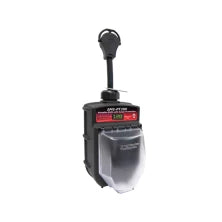
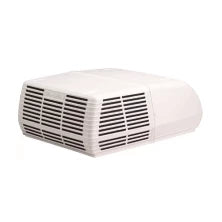
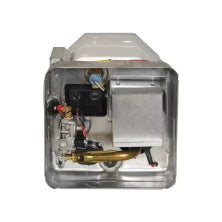
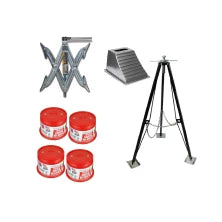
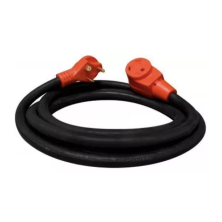
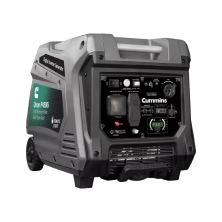
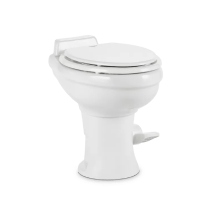
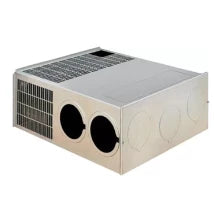
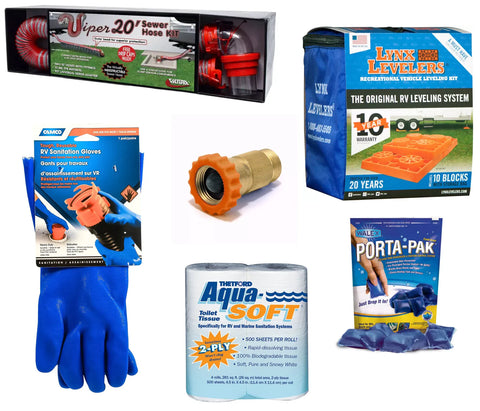
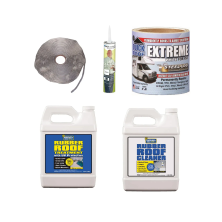
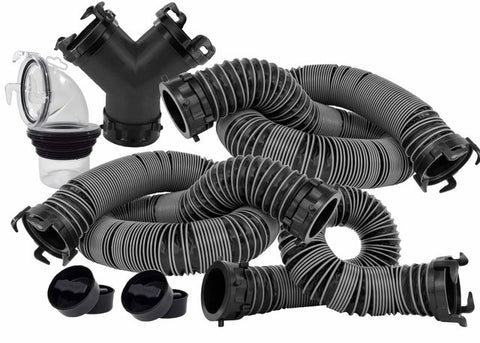
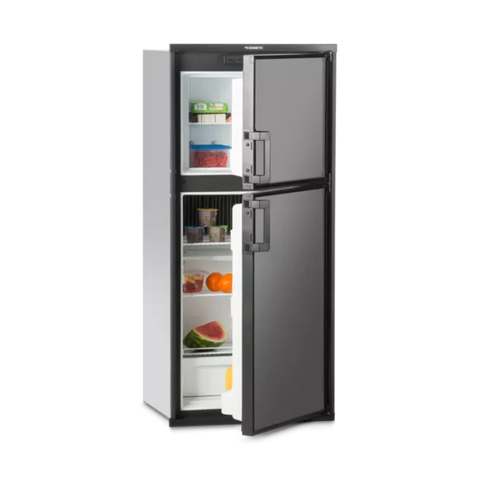
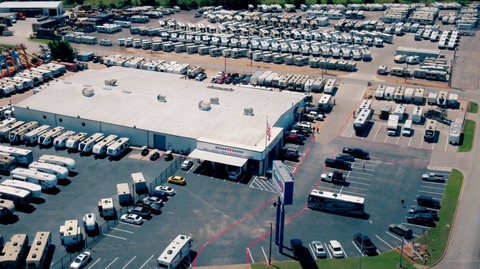
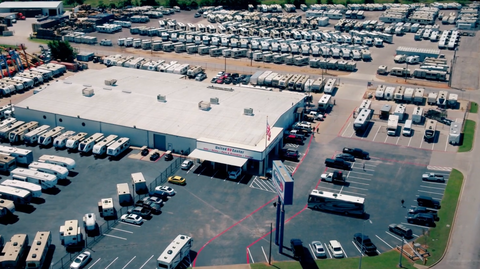
Comments (0)
There are no comments for this article. Be the first one to leave a message!